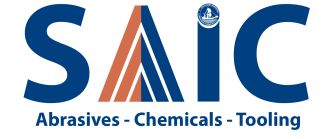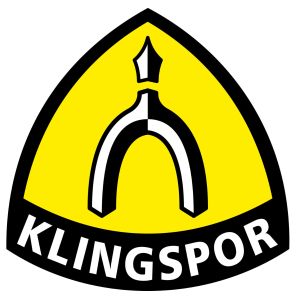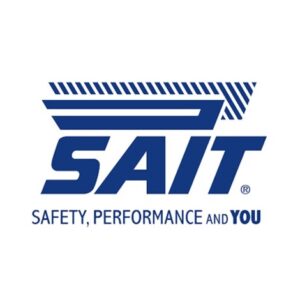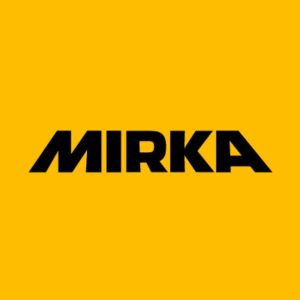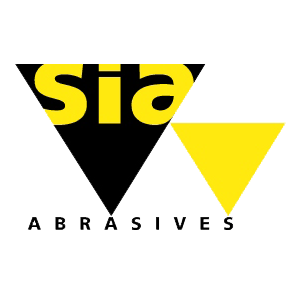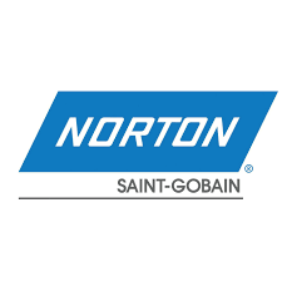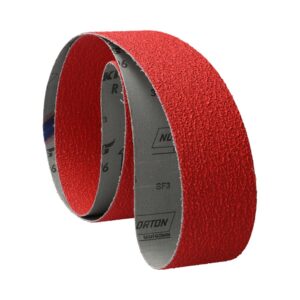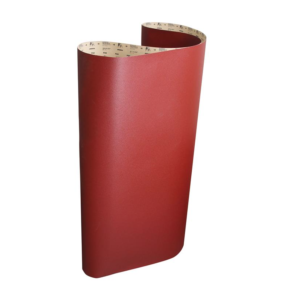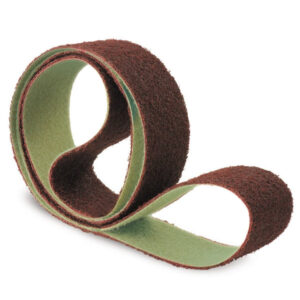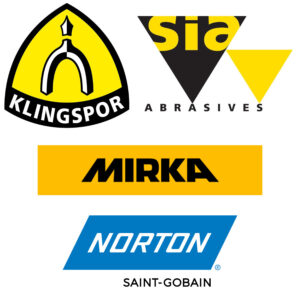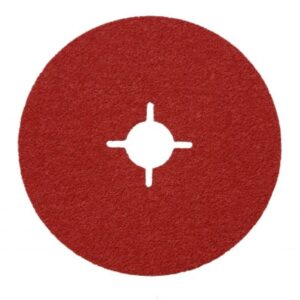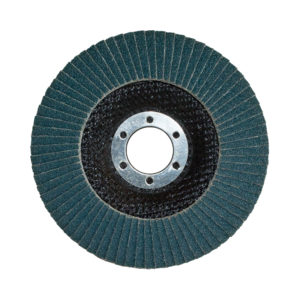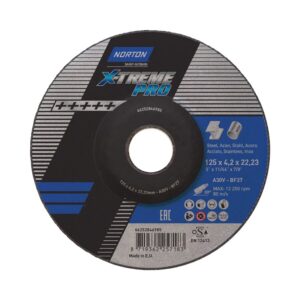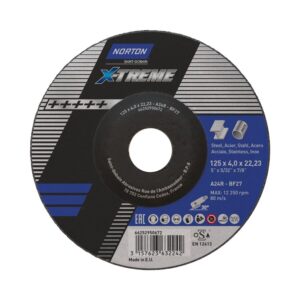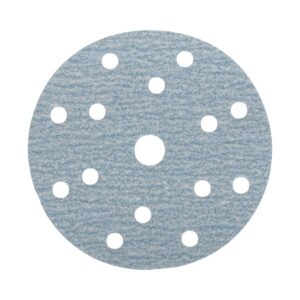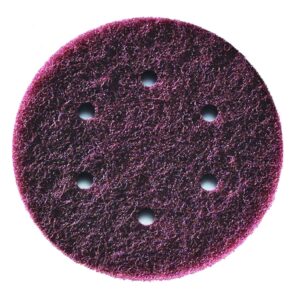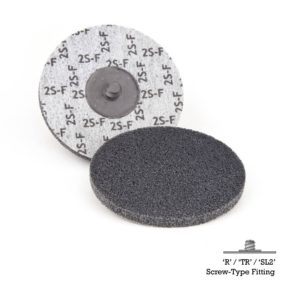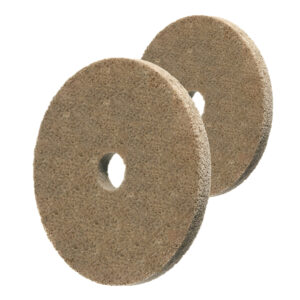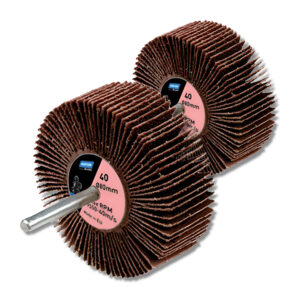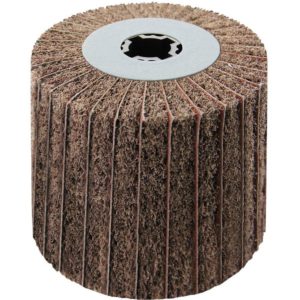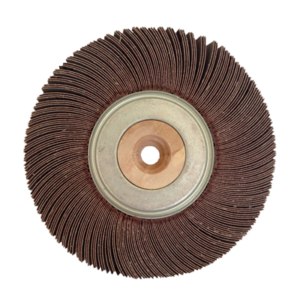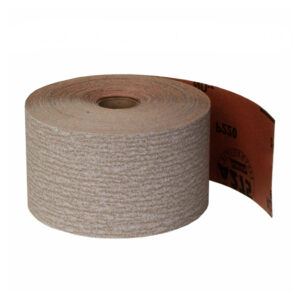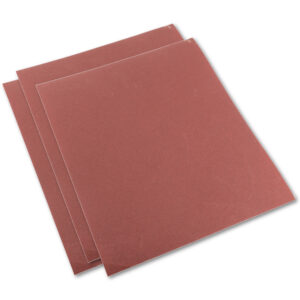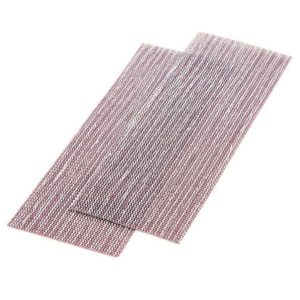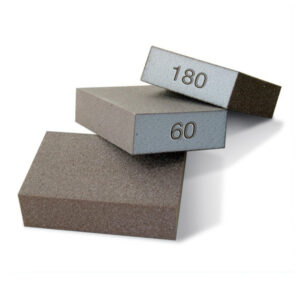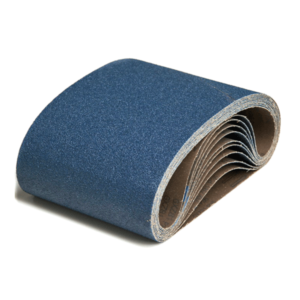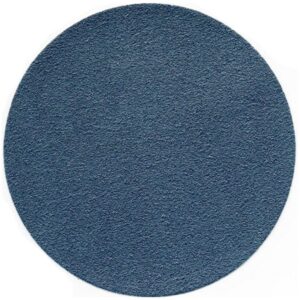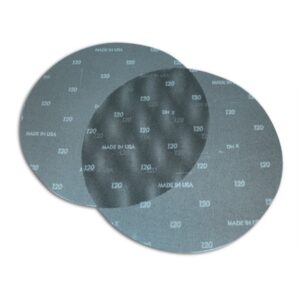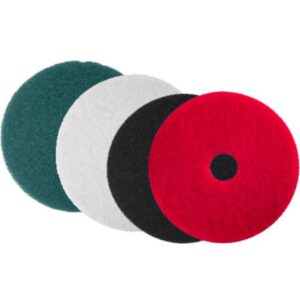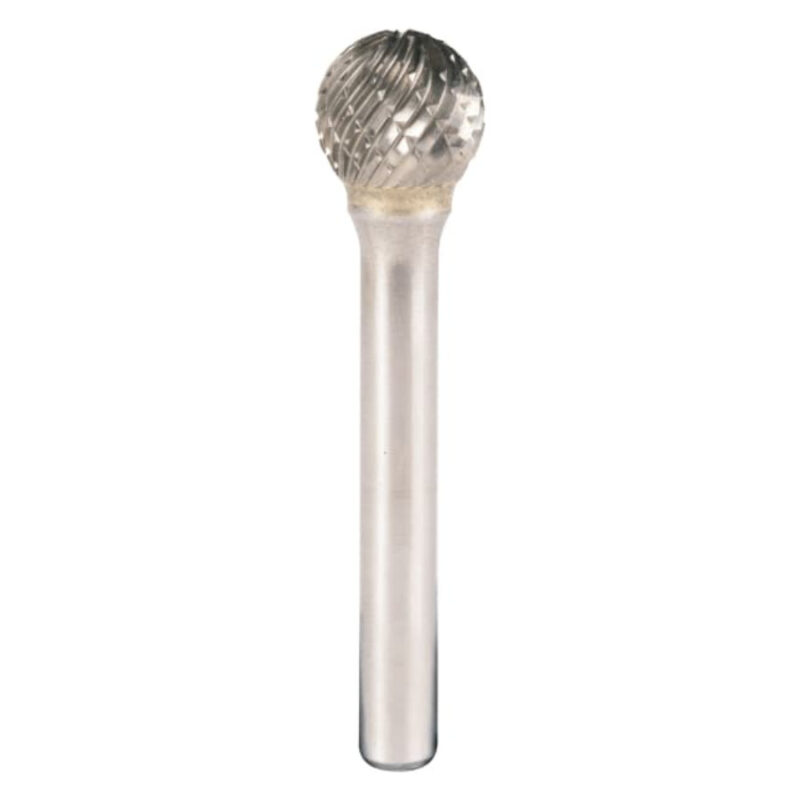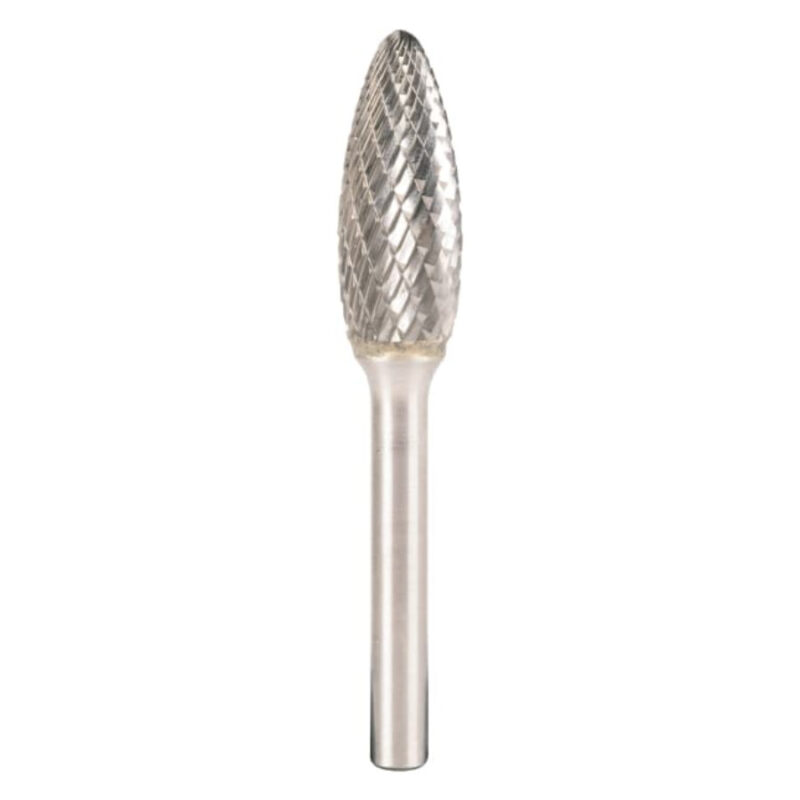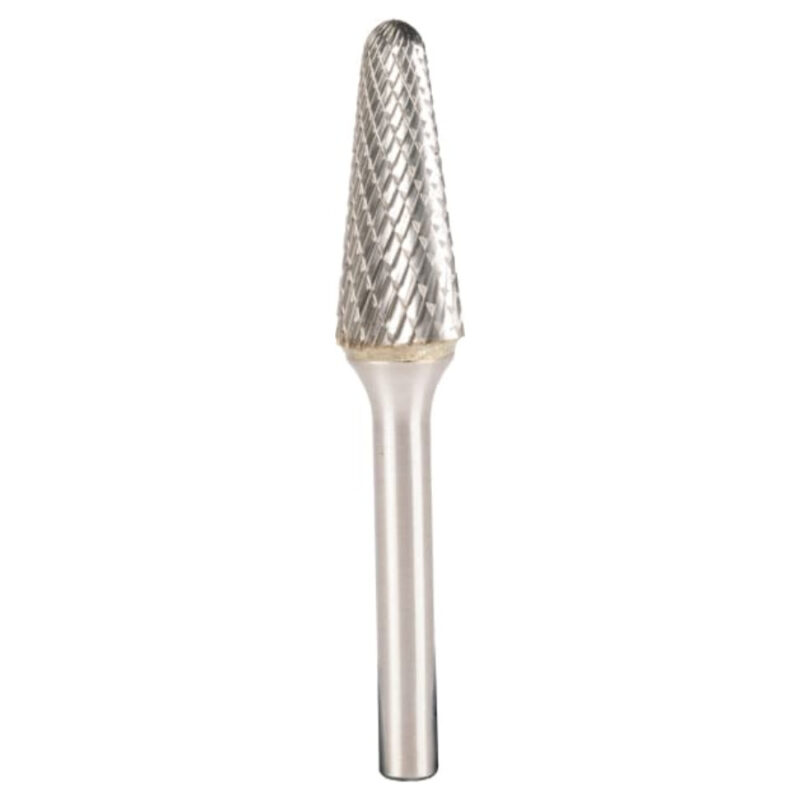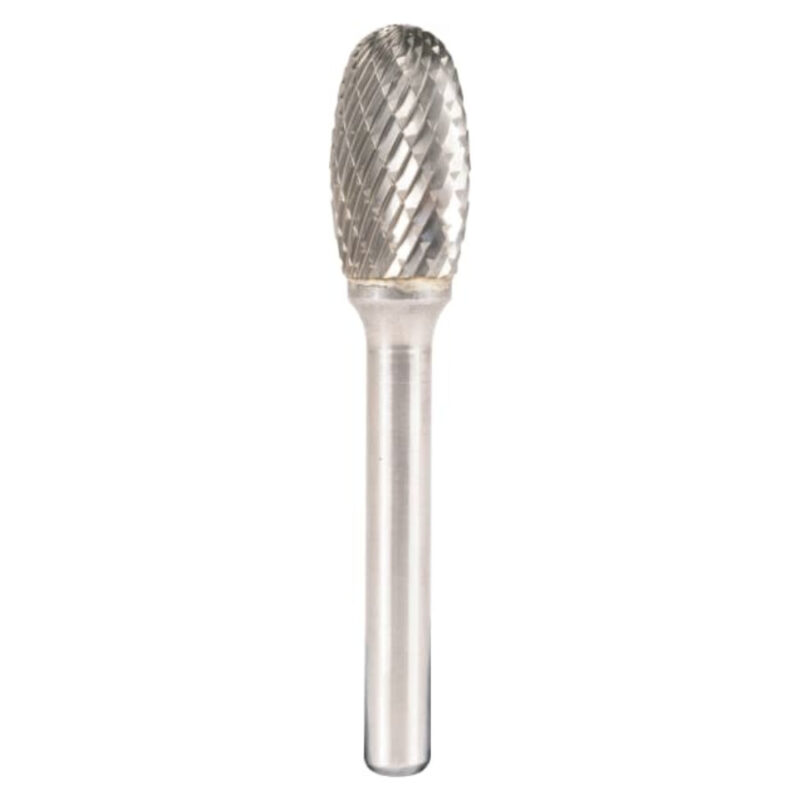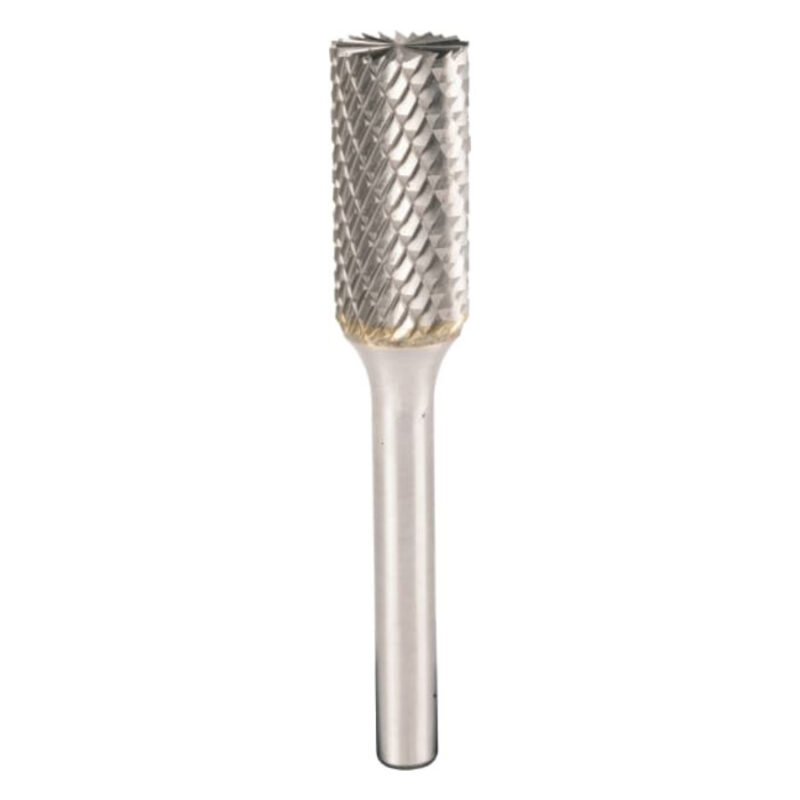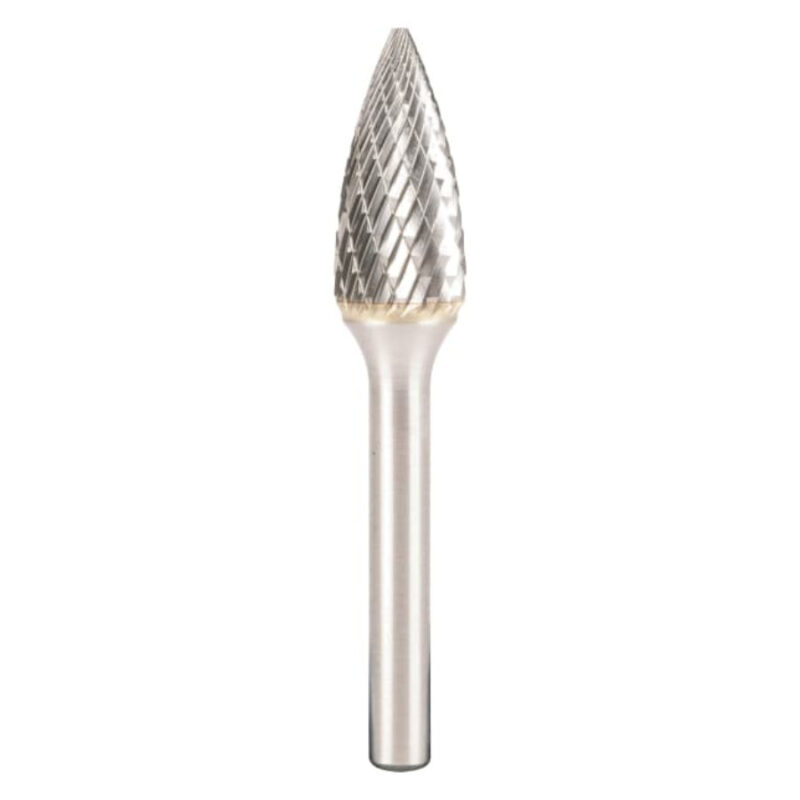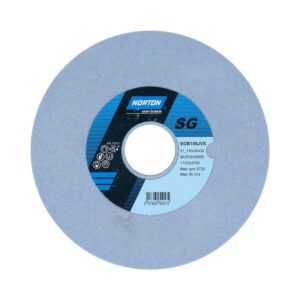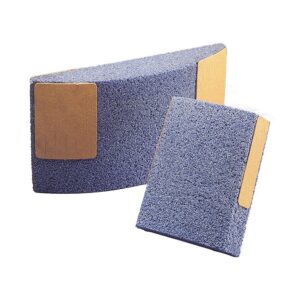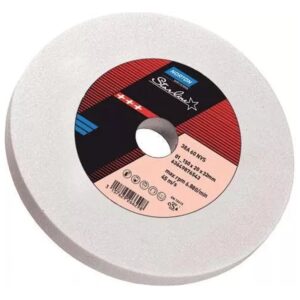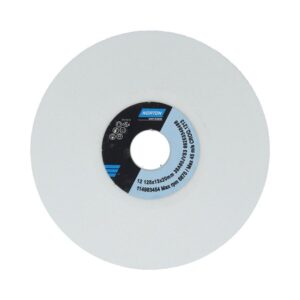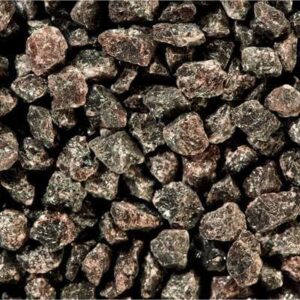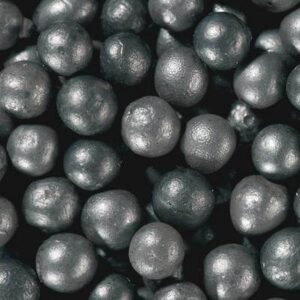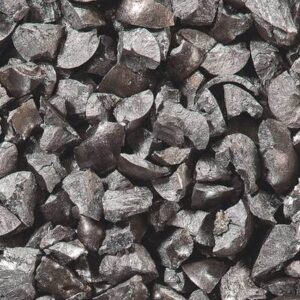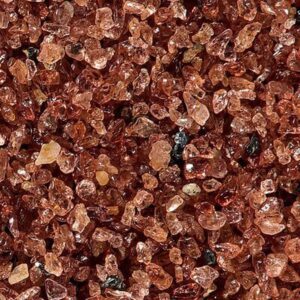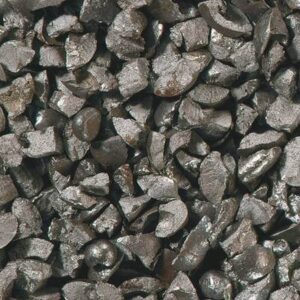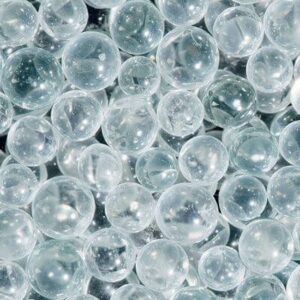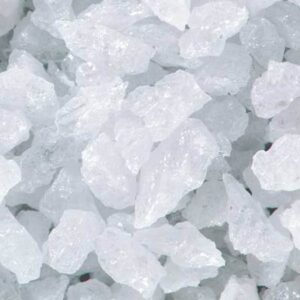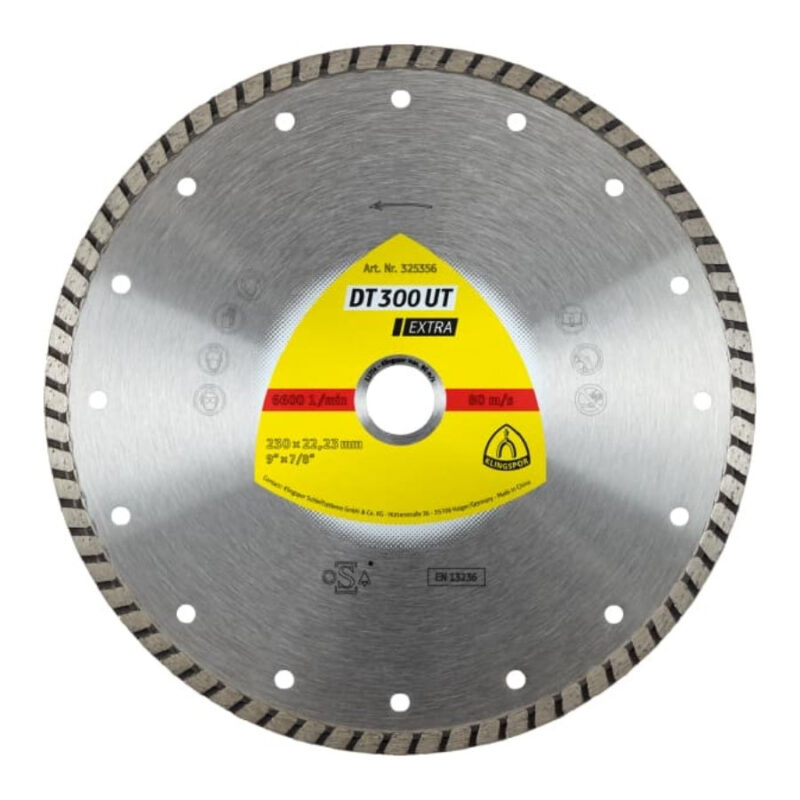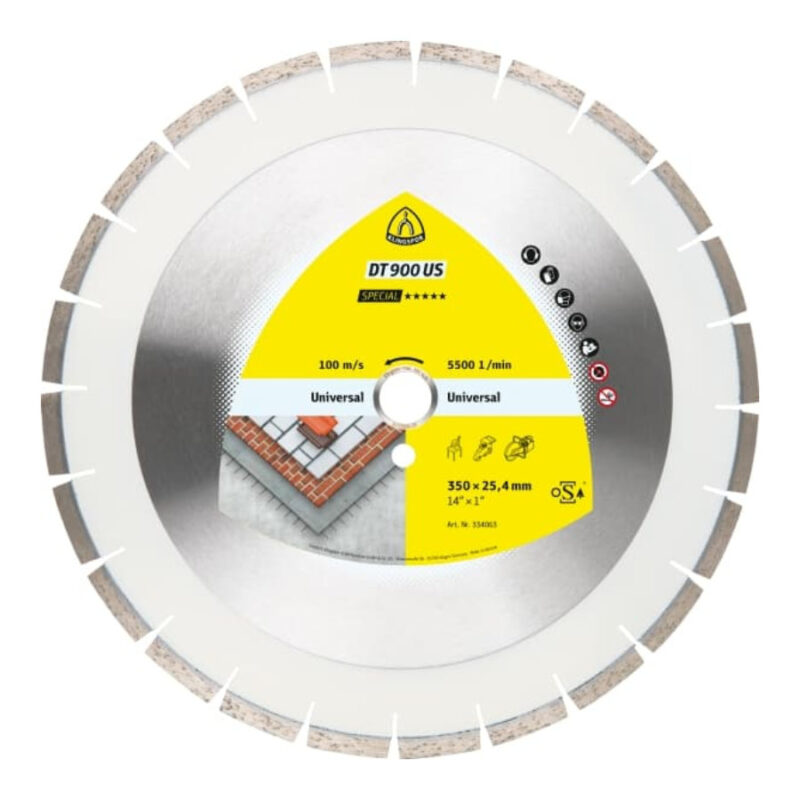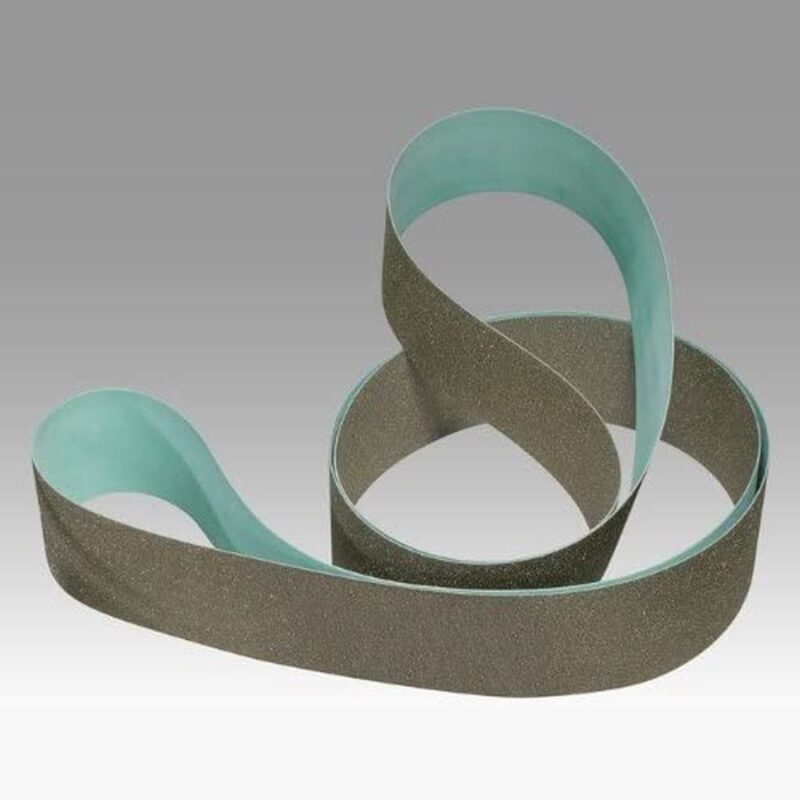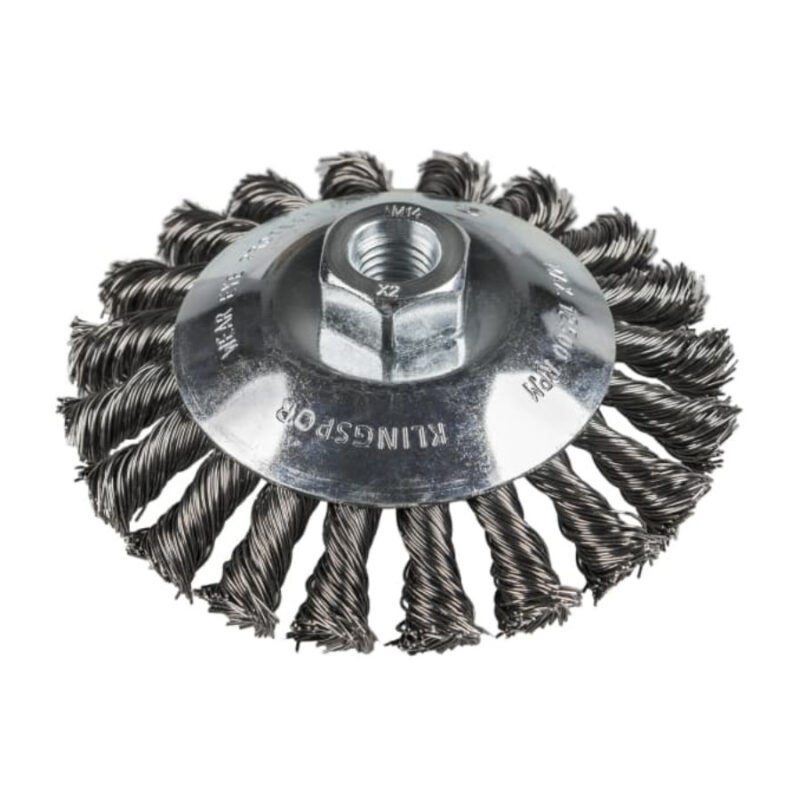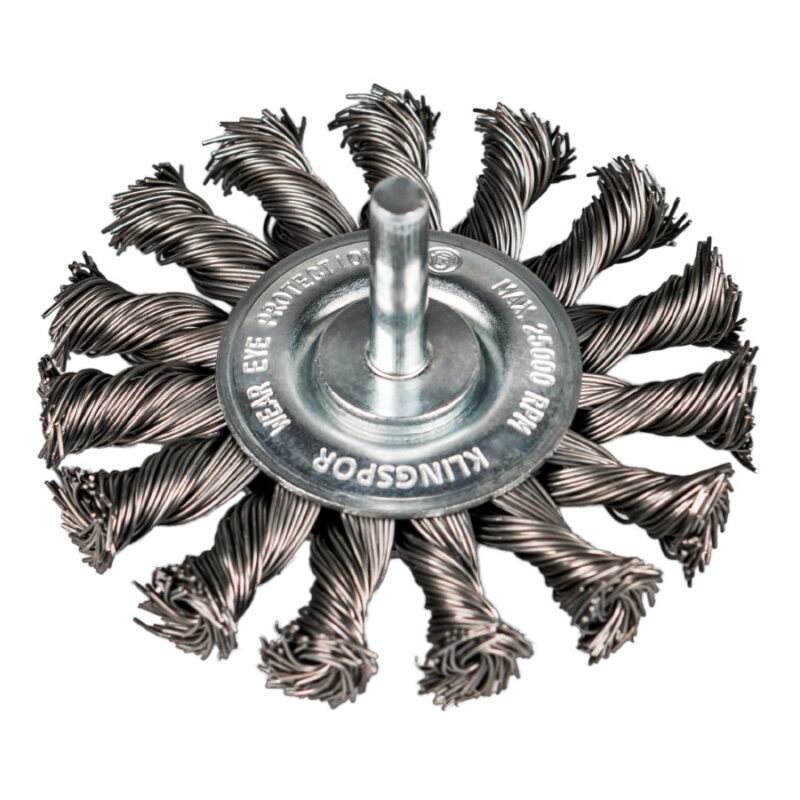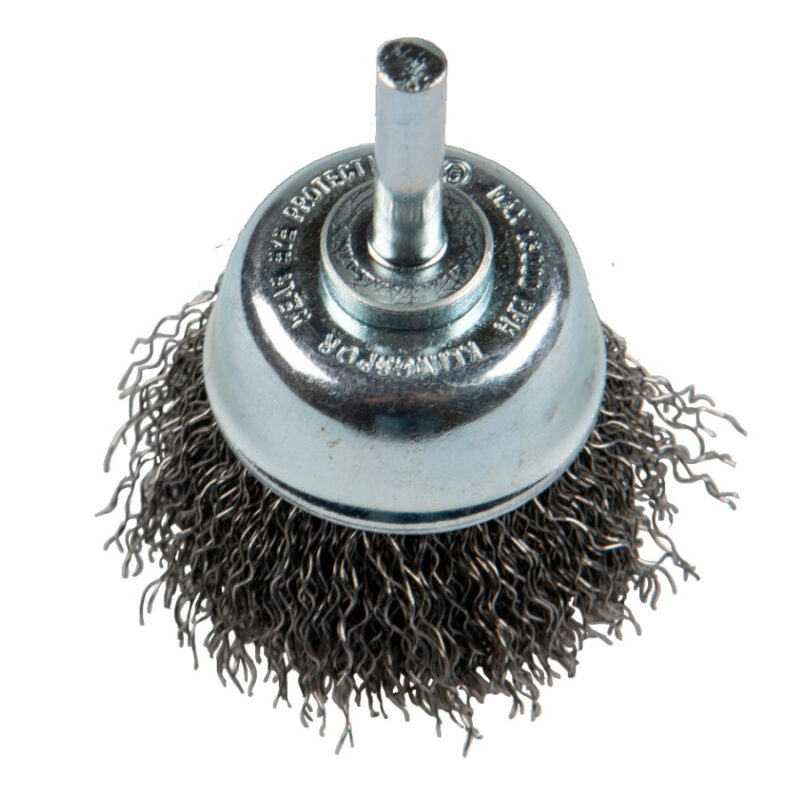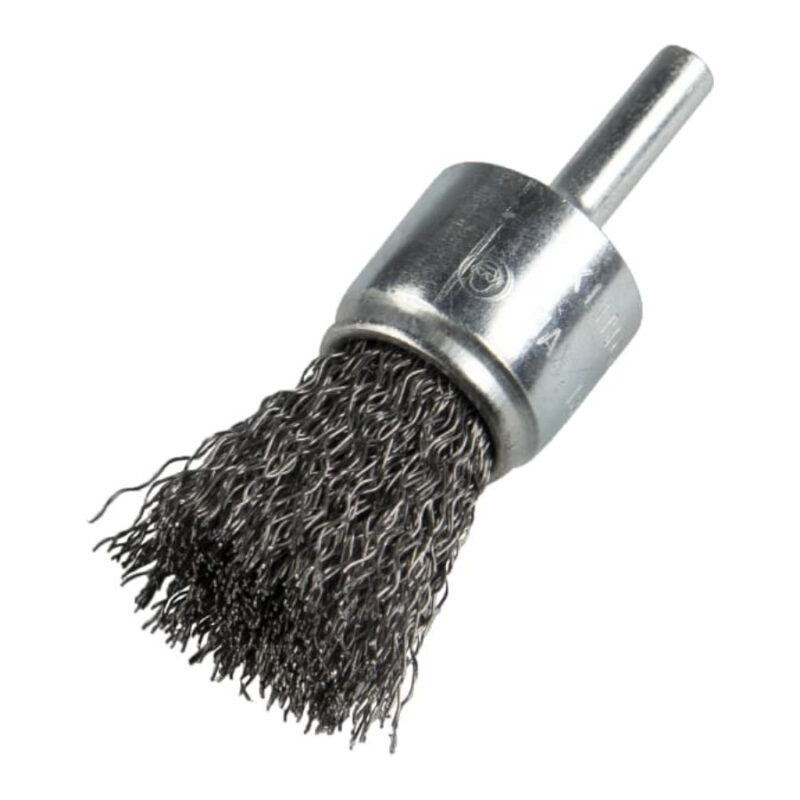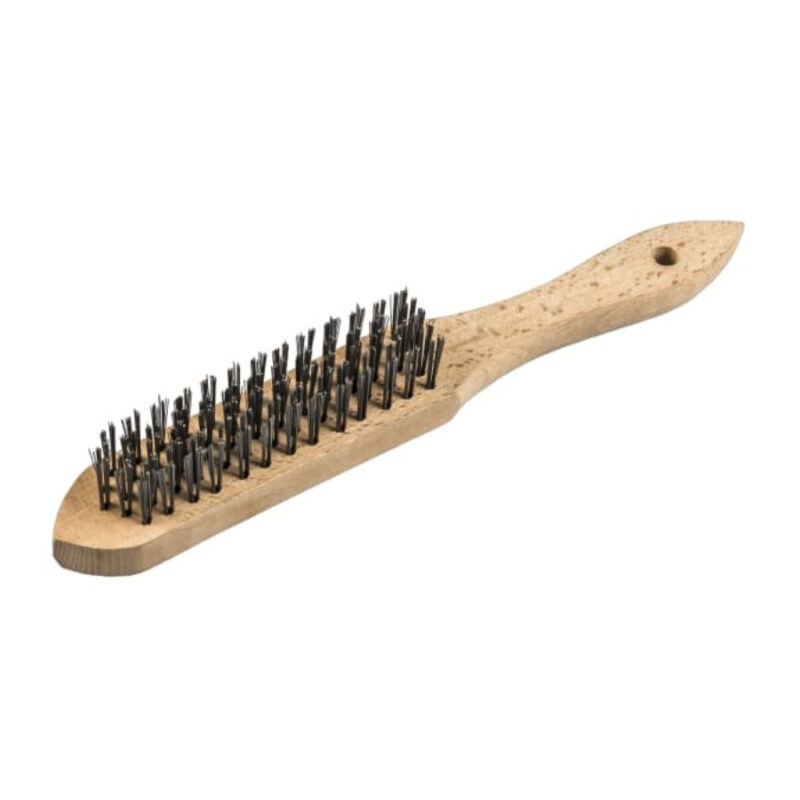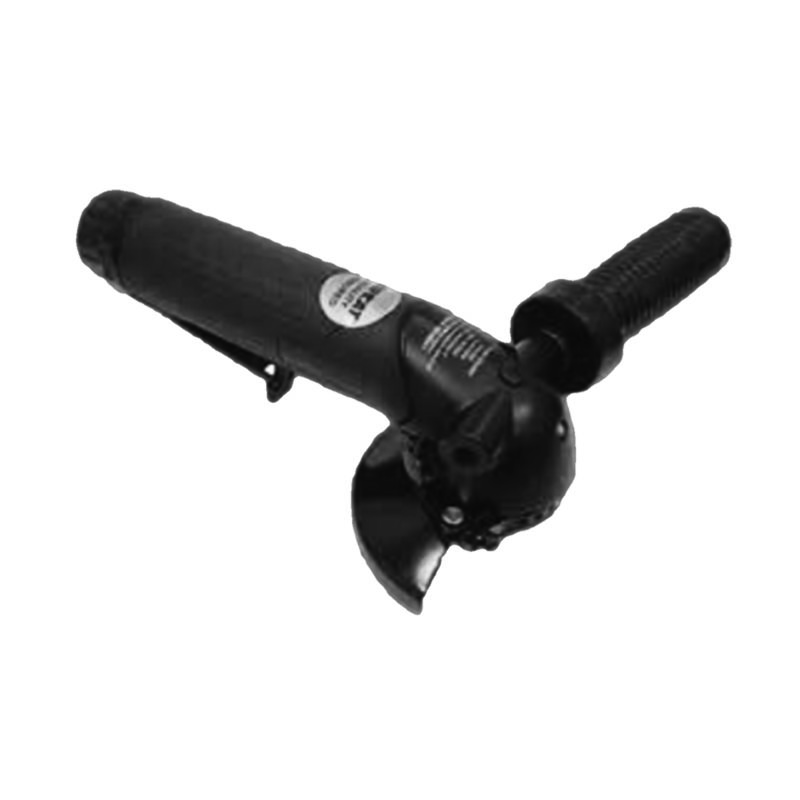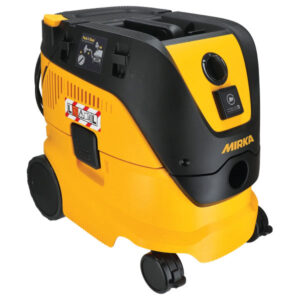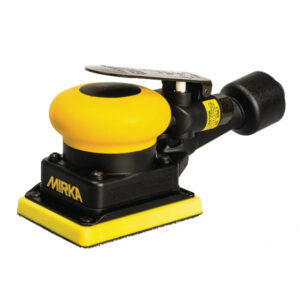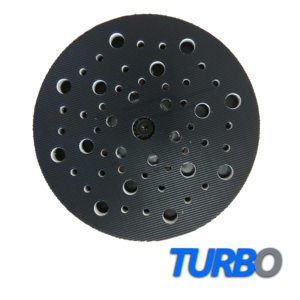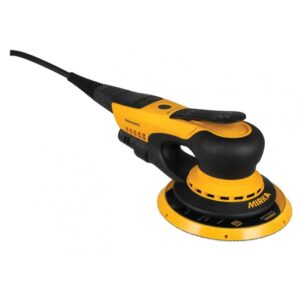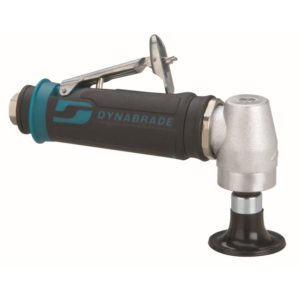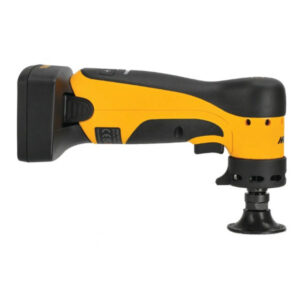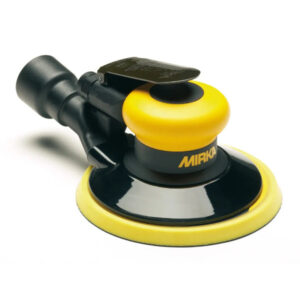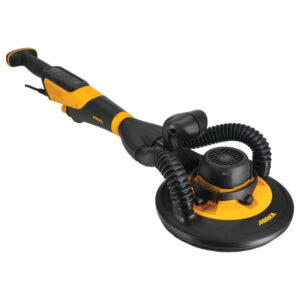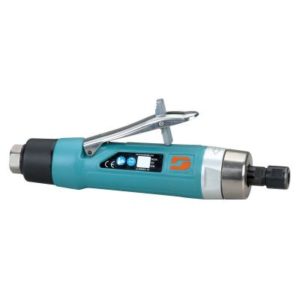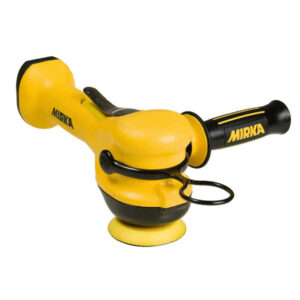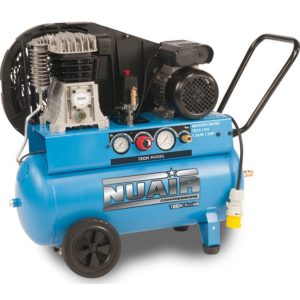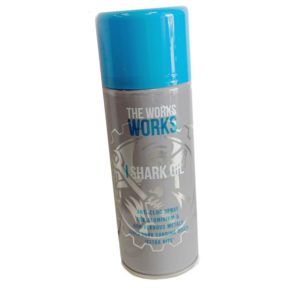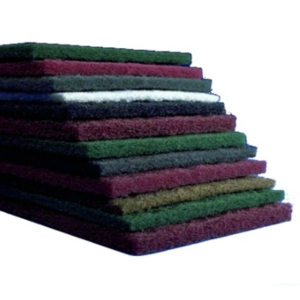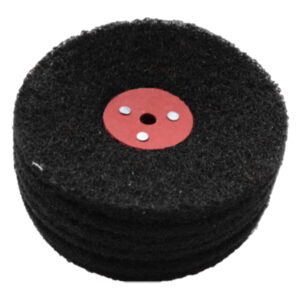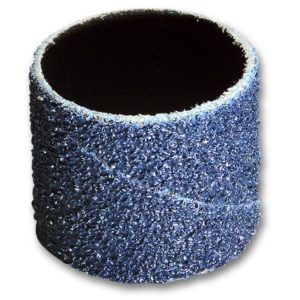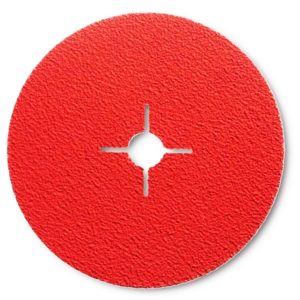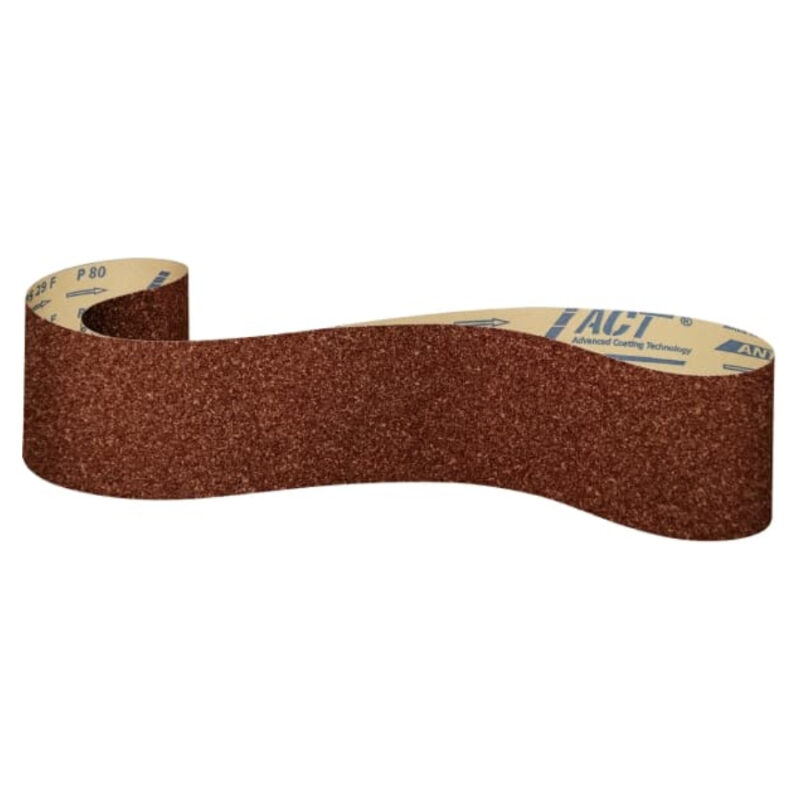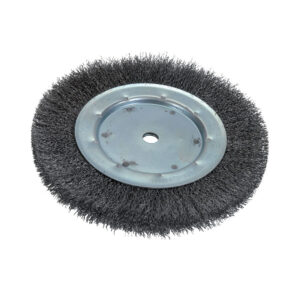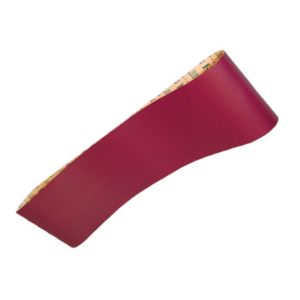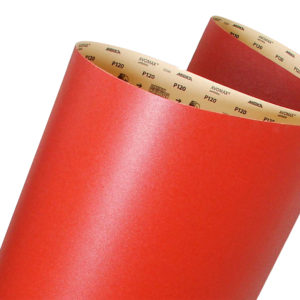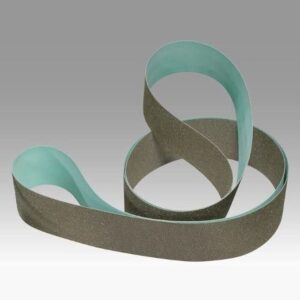Narrow Sanding Belts
See Also:
Sanding Belts | Aluminium Oxide Sanding Belts | Ceramic Sanding Belts | Felt Polishing Belts | Silicon Carbide Sanding Belts | Non-Woven / Surface Conditioning Sanding Belts | Zirconia Sanding Belts | File Sanding Belts | Wide Sanding Belts | Polishing Belts | Diamond Polishing Belts
Narrow sanding belts are an important tool for a wide range of sanding applications. They are narrower than wide sanding belts, typically measuring between 1/8 and 1 inch in width, and are available in a variety of materials and grits to suit different sanding needs.
Narrow sanding belts are typically available in two backing materials: paper and cloth. Paper-backed sanding belts are made from a thin, flexible paper material that allows for easy sanding of curves and contours. They are available in a range of grits, from coarse to fine, and are typically used for sanding wood, metal, and plastic.
Cloth-backed sanding belts are made from a flexible fabric material that is more durable than paper-backed belts. They are available in a range of grits and are ideal for use with heavier materials, such as metal and fiberglass. Cloth-backed sanding belts are typically used with stationary belt sanders, which allow for a larger sanding area and more consistent results.
When selecting a narrow sanding belt, it is important to consider the material and grit size. Material type refers to the type of abrasive particles used in the belt, with popular options including aluminum oxide, zirconia alumina, and ceramic. Aluminum oxide is a common choice for general purpose sanding, while zirconia alumina is ideal for heavy-duty applications. Ceramic is a high-performance material that is known for its long-lasting durability and effectiveness on tough materials.
Grit size refers to the coarseness of the abrasive particles on the belt, with lower numbers indicating a coarser grit and higher numbers indicating a finer grit. Coarser grit sizes are typically used for heavier material removal, while finer grit sizes are used for achieving a smoother finish. For example, a 60-grit belt would be used for heavy material removal, while a 220-grit belt would be used for finishing.
Narrow sanding belts are used in a variety of industries, including woodworking, metalworking, and automotive applications. They are particularly useful for sanding small or hard-to-reach areas, such as corners and curves. They can also be used in conjunction with other sanding tools, such as sanding discs and pads, to achieve the desired finish on a variety of surfaces.
In summary, narrow sanding belts are an essential tool for achieving smooth and consistent results in a variety of sanding applications. By selecting the appropriate material type and grit size for the task at hand, users can achieve excellent sanding results and complete their projects efficiently and effectively. Whether working with wood, metal, or plastic, narrow sanding belts are a versatile tool that can help achieve the desired finish on a variety of surfaces.
